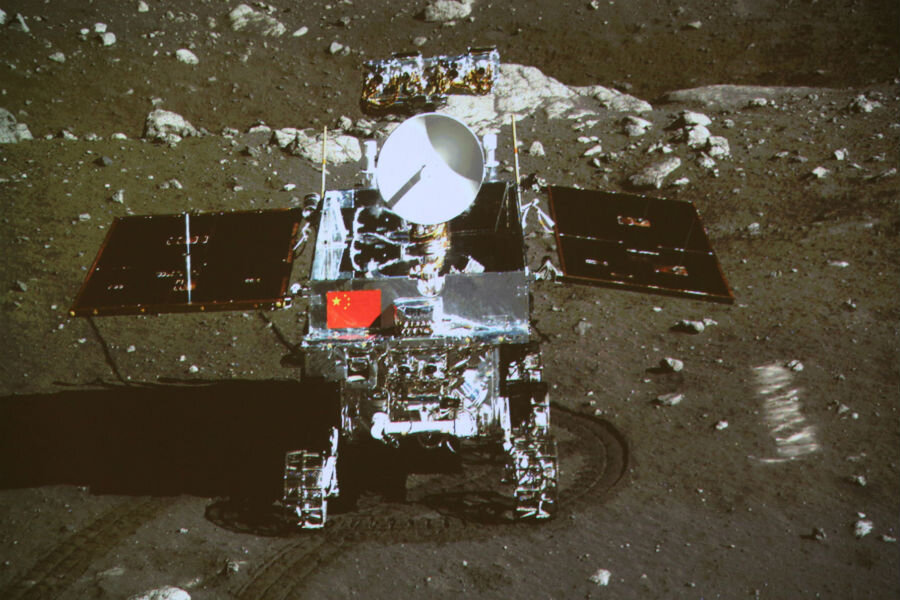China shares vivid photos of the moon's surface with the world. Why now?
To see hundreds upon hundreds of true color, high definition photos of the moon's surface, just ask China.
The typically secretive China National Space Administration recently made images from its successful moon landing available to the public for download.
Though the images were captured back in December 2013 by cameras on the Chang’e-3 lander and Yutu rover, they demonstrate a still-impressive achievement: China's mission to the moon's surface was the first successful soft landing in 37 years, and China was only the third country to achieve it, after Russia and the United States.
While the publicity for the Chang’e-3 lander mission of 2013 may appear random, it comes only a couple of weeks after the People's Republic confirmed plans to land on the far side of the moon in 2018, using a probe called Chang’e-4.
If successful, China would be the first country to do so.
Before that, though, in 2017, the country will launch the Chang'e-5 spacecraft, which (if successful) will land on the moon and return soil samples to Earth.
These plans indicate China’s uniquely lunar ambitions, a departure from previous missions that often replicated the achievements of the US and Russian space programs. For their part, NASA and Roscosmos have turned their focus on Mars and the International Space Station (where Chinese astronauts are not welcome).
But the space race has also gone private. The Google Lunar XPRIZE has numerous private companies competing to design spacecraft to soft-land on the moon in the next few years. Moon Express, a San Francisco-based competitor, has scheduled a launch for their spacecraft on Sept. 30, 2017.
China's focus on the moon has so far yielded a deeper understanding of the lunar surface's complexity, and Chang’e-3 has demonstrated what modern technology is required for a soft-landing and rover exploration, Tech Crunch reports.
To see the now-defunct probe in action, create a user account on China’s Science and Application Center for Moon and Deepspace Exploration website to download its photos. Also, the Planetary Society's Emily Lakdawalla curated the Chinese database and has posted China’s lunar images on the Planetary Society website.






